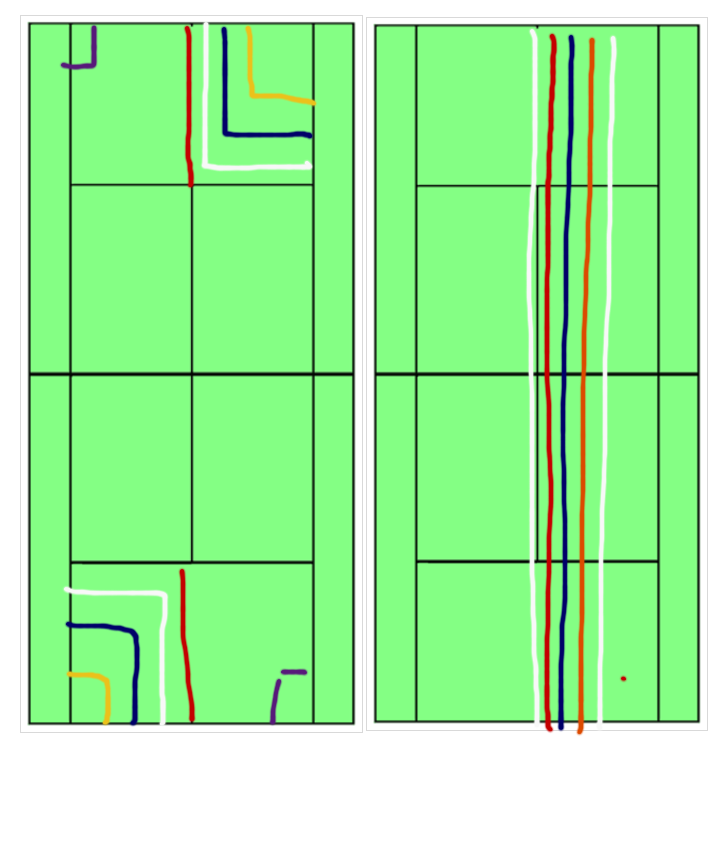USTA's Focus on Player Development
 Wednesday, November 16, 2011 at 12:58PM
Wednesday, November 16, 2011 at 12:58PM  CAtennis
CAtennis "We want to help them with the resources. USTA has given us in player development resources, and we want to use the resources that we have" - Patrick McEnroe, Sep. 6, 2010.
As a follow up to this interview as well as its outlined roadmap, CAtennis.com thought it'd be wise to look at how the USTA is spending its available resources in order to "do what's best for the players". With a "we report, you decide" attitude, we looked at the USTA's latest publicly available tax records (tax year 2009) in order to determine how the USTA is utilizing the resources on player development.
Here are some interesting nuggest of information (2009 figures):
Revenue: $193,278,828 (Part I; Line 12)
Expenses: $184,592,013 (Part I; Line 18)
Total Assets: $180,852,047 (Part I; Line 20)
Net Assets: $120,699,832 (Part I; Line 22)
Revenue Derived From Tournaments: $168,508,214 [query: is the USTA pushing for more junior tournaments - regional, sectional, national, local - because competition is good for players or because more tournament fees is better for the organization's bottom line?]
...breaking fown the expenses (Part IX)
Organizational Grants: $45,209,977
Individual Assistance: $1, 793, 770
Officer/director compensation: $4,871,145
Other salaries and wages: $32,796,359
Travel: $10,136, 808
"Other" (???): $10,504,496
... breaking down the Assets (Part IX):
Cash: $293,937
Savings: $32,051,051
Investments (public securities): $109,508,516
Land/buildings/equipment: $36,839,238 [i.e., vast majority of the USTA's assets is in fairly liquid form - easily convertible to cash or cash equivalents]
$1,120,340 of the total individual assistance expenses ($1,793,770) goes to player development grants (Schedule I, Part III). In other words, 00.5796% of the total revenues go to actual individual player development. On the other hand, Patrick McEnroe's total compensation was $1,106,853 (i.e., 00.5726% not counting items such as travel, lodging, etc. that may fall into the USTA's expenses - PART IX).







Your thoughts?





